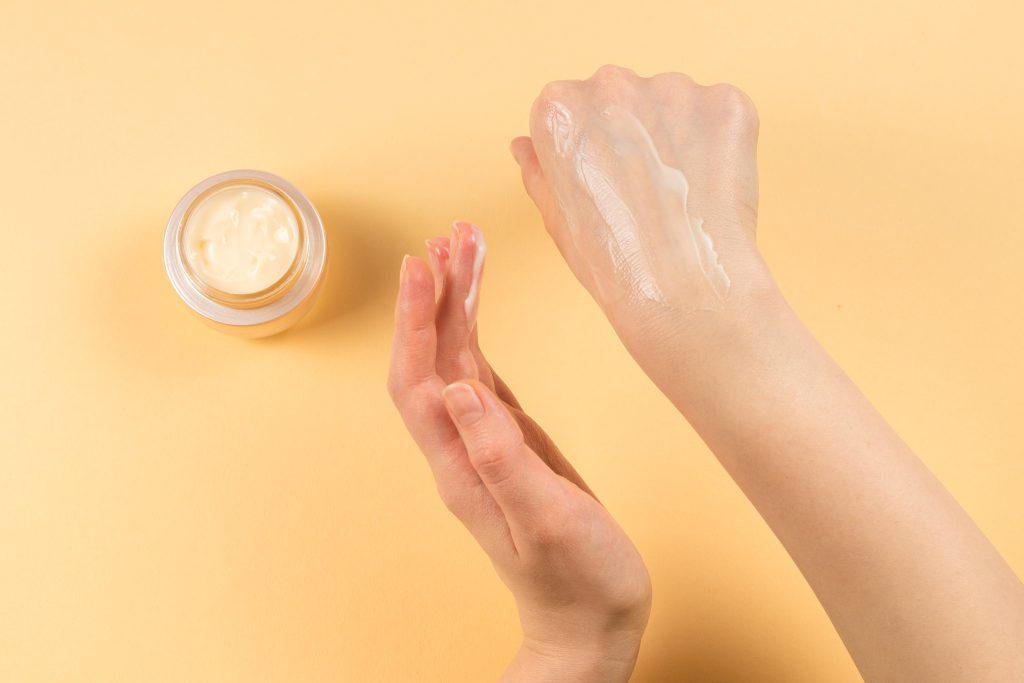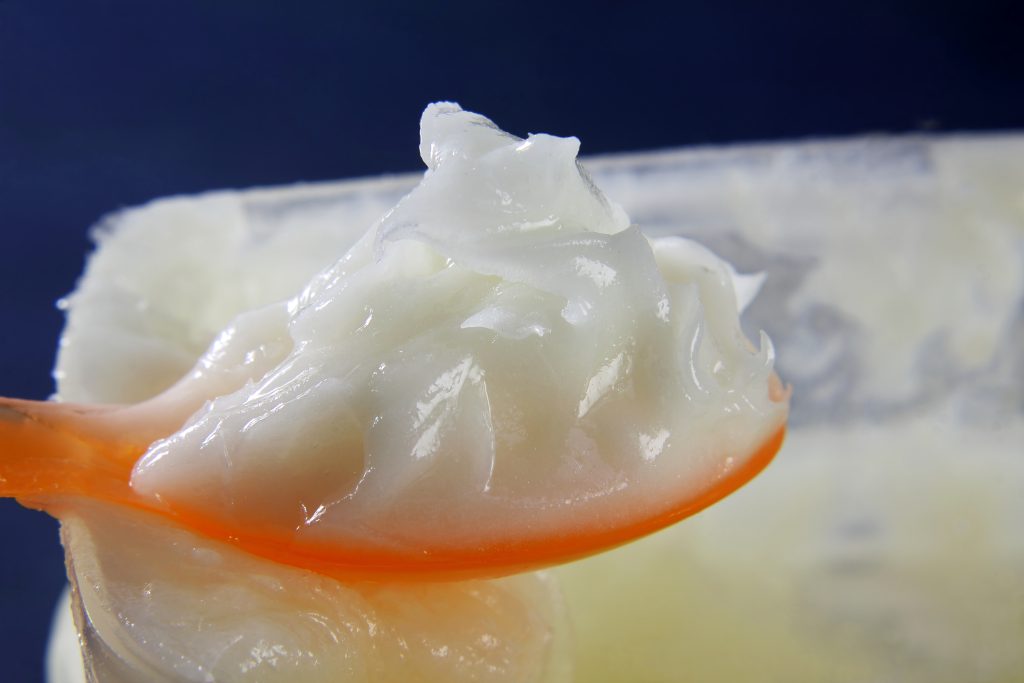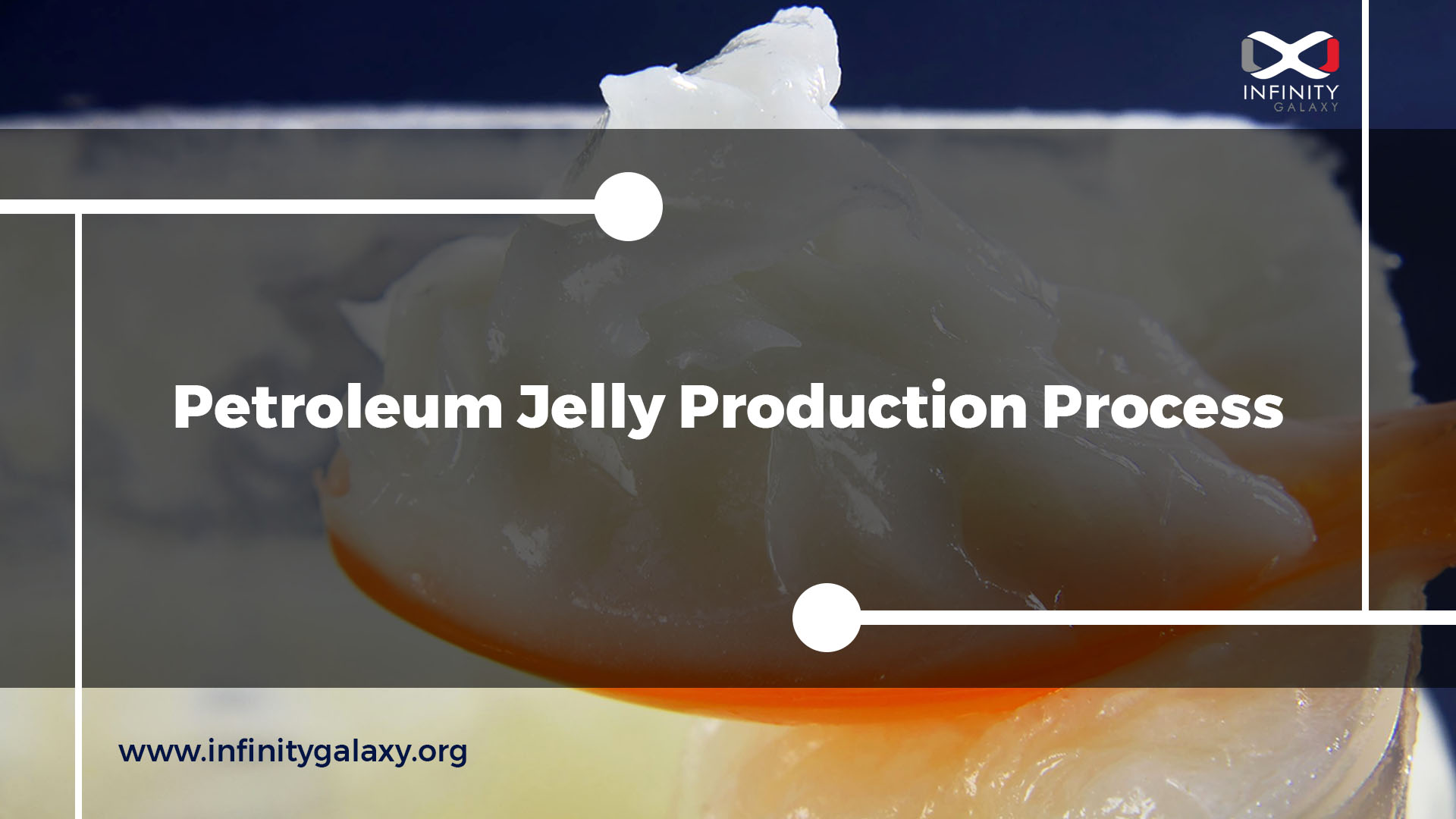Petroleum jelly, or Vaseline, is a widely used and well-known material that has been used for medical and cosmetic purposes. This product has been used as a moisturizer and healing gel for many years.
Despite the popularity and common use of petroleum jelly, many details about it, like its contents, safety, and properties, are still unknown to most people.
In this article, we have provided a comprehensive review of petroleum jelly. We have explained about petroleum jelly’s composition, types, properties, safety, and wide range of applications.
By reading this article, you will get a deep insight into petroleum jelly, or Vaseline.
What is Petroleum Jelly or Vaseline?
Petroleum jelly (CAS number 8009-03-8) is a semi-solid mixture of hydrocarbons (with carbon numbers greater than 25) that can be used in different industries.
It has a semi-transparent appearance that varies from yellow to snow white and has almost no odor or taste when it is purified. Petroleum jelly is insoluble in water and can be dissolved with paint thinner or other petroleum solvents, such as acetone.
It is also known by other names, such as petrolatum, white petrolatum, soft paraffin, paraffin jelly, mineral oil jelly, or multi-hydrocarbons.
Another common name for petroleum jelly is Vaseline. However, Vaseline is also a well-known American brand of petroleum jelly.
Petroleum Jelly History
Robert Augustus Chesebrough was a British chemist who discovered petroleum jelly in 1859 while refining crude oil on a Pennsylvania oil rig. Chesebrough saw how the workers treated their skin with waxes around the rods of rigs to heal wounds and burns.
Inspired by it, after researching, he introduced a waxy material known as Vaseline in 1865. A name formed from the German word “wasser” (which means “water”) and the Greek word “elaion” (which means “oil”).
Chesebrough opened his first factory in 1870 in Brooklyn, using the name Vaseline.
Petroleum Jelly Composition
Petroleum jelly is a combination of mineral wax (usually a mixture of paraffin wax and microcrystalline wax) and mineral base oil; both are made by refining crude oil.
Paraffin waxes are organic compounds that are solids at room temperature. Microcrystalline wax is another type of mineral wax that contains a higher percentage of isoparaffinic hydrocarbons. Due to this structure, they have a higher melting point and are softer than paraffin wax.
Mineral base oil is added to waxes to dilute them and improve their consistency. The final product is a semi-solid and soft material, without clumps or hard spots.
Would you like to know how petroleum jelly is made? Read the petroleum jelly production process article.
Petroleum Jelly Types
Petroleum jelly is classified into three main categories based on its applications:
- Cosmetic
- Pharmaceutical
- Industrial
Each one has different features and specifications. Petroleum jelly may also be classified according to its white and yellow colors.
White petroleum jelly is a high-quality type of petroleum jelly that has a complete refining process. Generally, white petroleum jelly is used in medicinal and cosmetic applications.
The yellow petroleum jelly is less refined than the white petroleum jelly and may contain some impurities. It is commonly used in industrial applications.
Learn more about cosmetic, pharmaceutical and industrial petroleum jelly on the petroleum jelly types and grades post.
Petroleum Jelly Uses and Benefits
Petroleum jelly offers a variety of benefits, making it a versatile product that can be used for various purposes. It acts as a moisturizer, helping to hydrate and nourish the skin.
Actually, petroleum jelly is applied to the skin as a layer to prevent moisture loss. It also works as a protective layer against environmental factors such as sun radiation, wind, and cold weather.
It can be used in cosmetic proposes like :
- Skin moisturization
- Lip balm
- Makeup removal
- Hair care
- Skin scrub
- Highlighter
- Preventing wrinkles
- Making perfume last longer
Petroleum jelly has been used as a healing agent for various skin problems for over a hundred years. Some of its medical uses include the following:
- Treatment for eczema and psoriasis
- Blister prevention
- Treatment of skin cracks
- Healing of burns,wounds, herpes, and itching

Industrial petroleum jelly can be used in some industries, such as:
- Electrical
- Leather
- Paint
- Automotive
It can also be employed as waterproof coatings in the wood industry, anti-corrosion coatings on metal surfaces, and lubricant.
Read about the different uses of petroleum jelly in cosmetic, medical, and industrial applications in the petroleum jelly uses and benefits article.
Petroleum Jelly Properties
Understanding petroleum jelly properties helps determine its quality and applications. Color is one of the most important properties of petroleum jelly, and its whiteness shows its complete purification and high quality.
Also, the purity of petroleum jelly is measured by the content of polycyclic aromatic hydrocarbons (PAHs), sulfated ash, and heavy metals.
Viscosity, density, and melting point are other physical properties of petroleum jelly that have variable ranges for each manufacturer.
In the petroleum jelly specification table, you can also find the congealing point and penetration.
Petroleum jelly’s congealing point is the maximum temperature at which it begins to semi-solidify from a liquid state. And the penetration of petroleum jelly indicates its softness at room temperature.
Flash point, acidity, and alkalinity are the chemical properties of petroleum jelly that determine its volatility and reactivity, respectively.
If you are interested to know more about these properties, read the petroleum jelly properties article.
Petroleum Jelly Tests
Petroleum jelly tests are used to measure petroleum jelly properties and check its quality with standard methods.
Typically, these tests are carried out using the methods provided by American Society for Testing and Materials (ASTM) and British Pharmacopoeia (BP).
Petroleum jelly tests are:
- Penetration or Consistency Test (ASTM D937)
- Drop Melting Point Test (ASTM D127)
- Color Test (ASTM D1500)
- Kinematic Viscosity Test (ASTM D445)
- Flash Point Test (ASTM D92)
- Congealing Point Test (ASTM D938)
- Acidity and Alkalinity Test (BP)
- Density Test (ASTM D1298)
- Polycyclic Aromatic Hydrocarbons (PAHs) Test (BP)
- Sulfated Ash Test (BP)
You can read more details about the steps and methods of performing these tests in the petroleum jelly tests article.
Petroleum Jelly Safety
Petroleum jelly is generally a safe material, and its refined grades have been used in medical and cosmetic applications for a long time. But it can be useful to have a few notes in mind when using it.
It is better that petroleum jelly does not contact the eyes. If this happens, wash the eyes with plenty of water for 15 minutes.
Petroleum jelly is for external use and should not be eaten; if this happens, medical care should be provided. Also, avoid using it on deep and open wounds and severe burns.
Petroleum jelly is not highly flammable. And it creates flammable vapors only in liquid form and at temperatures above 200°C.
Also, the liquid itself does not catch fire, and only its fumes are flammable. However, petroleum jelly should be kept away from high heat sources as much as possible.
Read the petroleum jelly safety, storage, and handling article to learn how to use it safely and get some suggestions for how to store and handle it.
Feel free to share with us any other information you may have about this topic. If you have any orders related to petroleum jelly, check out petroleum jelly price and keep in touch with us via WhatsApp or comment section.








